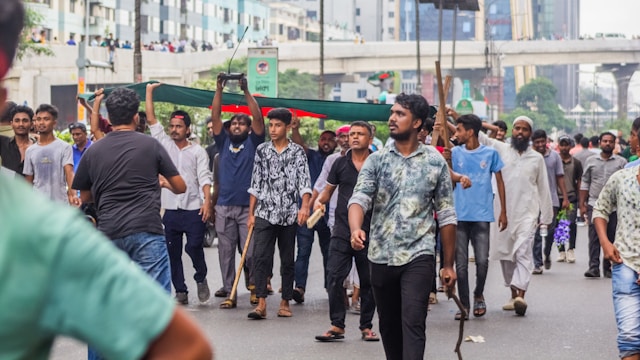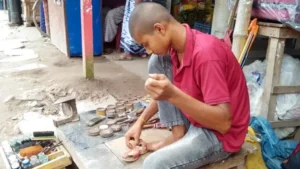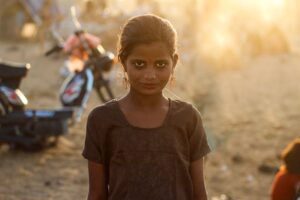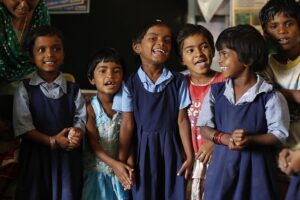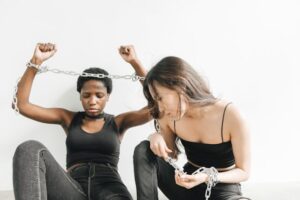Introduction
In recent times, mob violence has emerged as a terrifying social illness in Bangladesh. It not only takes the lives of innocent people but also leaves long-lasting effects on their families and children. The increasing incidents of mob violence in Bangladesh today do more than just claim lives — they destroy the safety, dreams, and future of entire families.
The recent incident in Taraganj, Rangpur, reminds us that human rights violations are never limited to the suffering of a single individual. Their impacts ripple far and wide — especially in the lives of children whose families fall victim to such violence.
Violation of the Right to Life
On the night of August 9, Ruplal Rabidas and Pradeep Lal Rabidas were beaten to death by a mob on suspicion of being van thieves. According to the Constitution of Bangladesh and international human rights charters, every human being has the fundamental and inalienable right to life. But mob violence can snatch away that right in an instant.
Article 3 of the United Nations Universal Declaration of Human Rights (UDHR) states:
“Everyone has the right to life, liberty and security of person.”
🔗 UDHR Article 3 – UN Source
The deaths of these two innocent men were a gross violation of that fundamental right.
📊 Relevant Statistics
In 2024–25, 637 people were killed in mob beatings in Bangladesh. In comparison, only 51 people died in such incidents in 2023 — marking nearly a 12-fold increase.
🔗 Source: Economic Times, 2025According to Ain o Salish Kendra (ASK), between January 2024 and August 2025, at least 207 people were victims of lynching. Of them, 111 deaths occurred just between January and August 2025.
🔗 Source: New Age BD, 2025
Denial of the Right to Justice
If someone commits a crime, it is the sole responsibility of the state’s legal system to ensure justice. But mob violence bypasses that process and turns into extrajudicial killings under the guise of “instant punishment.”
Article 10 of the UDHR clearly states:
“Everyone is entitled in full equality to a fair and public hearing by an independent and impartial tribunal.”
🔗 UDHR Article 10 – UN Source
In other words, Ruplal and Pradeep lost their lives before they could even get a chance at fair justice — a horrifying breach of law and human rights.
Image Source: viewsbangladesh.com
Violation of the Right to Education
After Ruplal’s death, his ninth-grade son Joy was forced to drop out of school. Taking on the burden of the household, he now repairs shoes on the footpath. This is a direct violation of Article 28 of the United Nations Convention on the Rights of the Child (CRC), which states that education is a fundamental right for every child.
🔗 CRC Article 28 – UNICEF
Depriving a child of their childhood and pushing them into labor at such a young age is not just a personal loss — it also impedes the long-term development of society.
Social Impact and Long-Term Harm
Mob violence is never just an “emotional reaction in the moment.” It spreads fear and insecurity in society.
Innocent people live in constant fear — wondering if their lives might be taken over mere suspicion.
Victims’ families face severe economic and psychological crises.
Children lose access to education and are trapped in the cycle of poverty.
If this cycle continues, the development of our society’s human resources will be permanently hampered.
What Needs to Be Done
To prevent such human rights violations, the following steps are urgent:
Swift Justice and Strict Punishment: Those involved in mob violence must be brought under the law to set a strong precedent.
Awareness Campaigns: Public campaigns must be conducted through media, educational institutions, and social organizations to reinforce that taking the law into one’s own hands is a crime.
Support for Affected Families: Government assistance and educational scholarships should be provided to the families of victims, especially children.
Establishing Rule of Law: The police and local administration must take effective steps to restore public trust in legal systems.
Conclusion
The deaths of Ruplal and Pradeep are horrifying examples of human rights violations — not just the loss of two lives, but also the killing of a child’s right to education, his dreams, and his future. The statistics show that mob violence is becoming a dangerous epidemic in Bangladesh. Only by building a society that respects the rule of law and human rights can we overcome this social illness.
Otherwise, we will remain complicit in robbing the childhoods of many more children like Joy.

